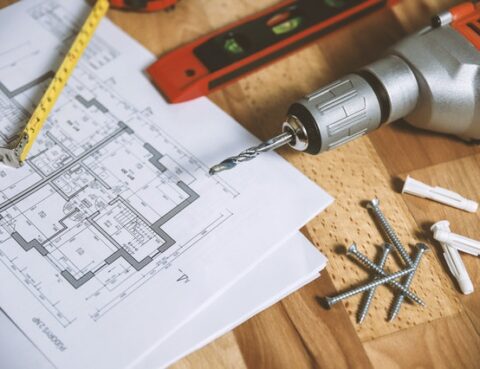The imbalance between homeowners and contractors often leads to various blunders and consequences, some of which are innocent and others that are intentional (and stem from a lack of education on the part of homeowners). In this blog, we will be discussing some of the common pitfalls and traps affecting homeowners during their construction projects.
Deficiencies are a common reason for litigation in construction proceedings. Dissatisfaction due to deficient work can make homeowners act in a zealous manner – namely, firing existing contractors, hiring subsequent contractors to finish or correct remaining work, and litigating against the initial contractor for the cost of correcting such deficiencies. However, the law recognizes that reasonable opportunities must be provided to correct such deficiencies before setoff or claim rights are allowed.
The goal of every residential renovation is always to increase the value of property and improve people’s quality of life. During any renovation project, a homeowner must expend significant time and monetary resources, where homeowners must sacrifice personal comfort and enduring disruption to everyday life. As such, before embarking on any construction project, every homeowner should consider the major points raised in this article.
Contrary to the commercial construction industry, in which prevenient agreements and purchase orders may be sufficient to govern the relationship between parties, contracts in residential construction must be formal in order to protect homeowners. Particularly, the Consumer Protection Act, 2002 has been deemed to apply to residential construction and renovation agreements.
In an effort to maintain safe construction practices, the Ontario legislature enacted the Building Code Act to protect the broader Ontario society by imposing and ensuring compliance with a set of minimum construction standards. But who is ultimately responsible for complying with this law: homeowners or builders?






